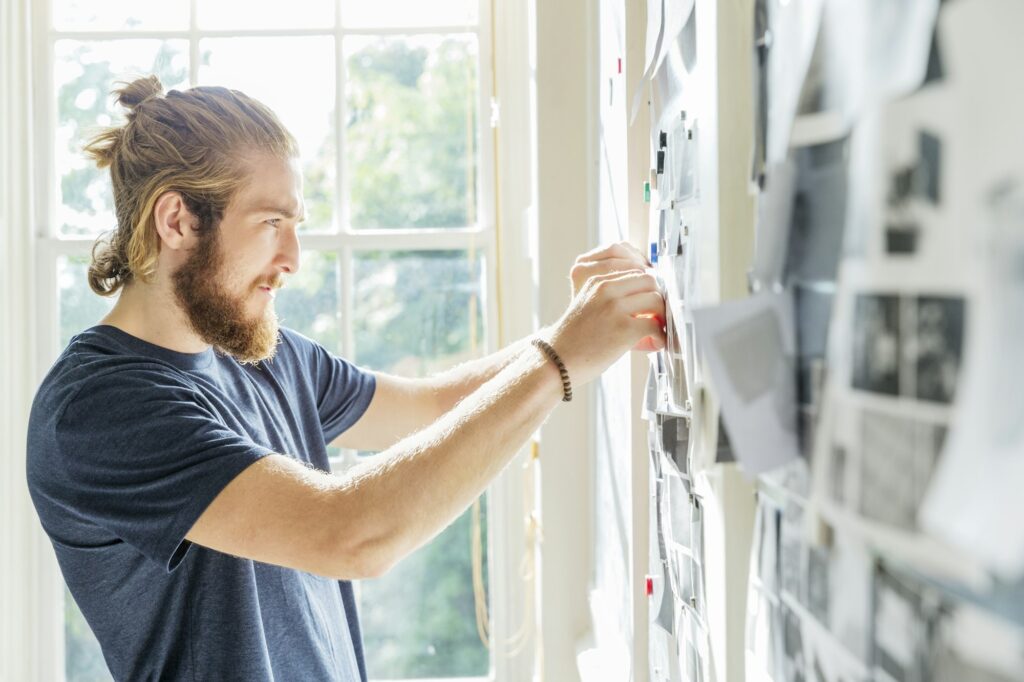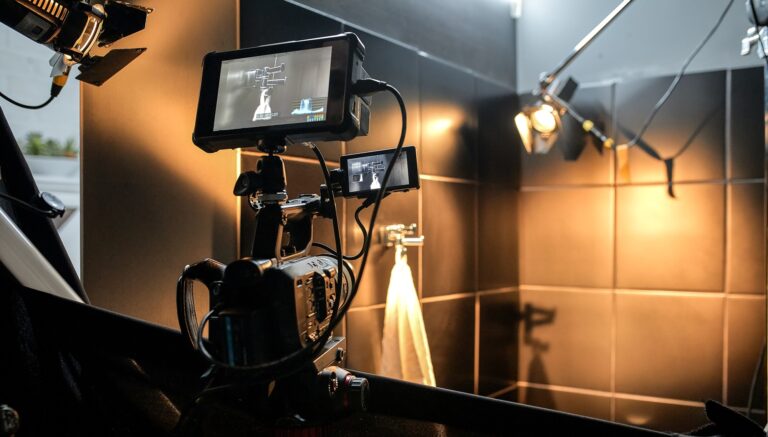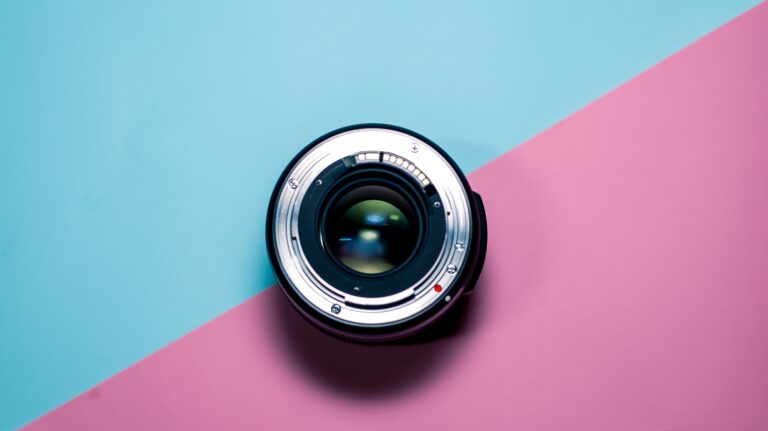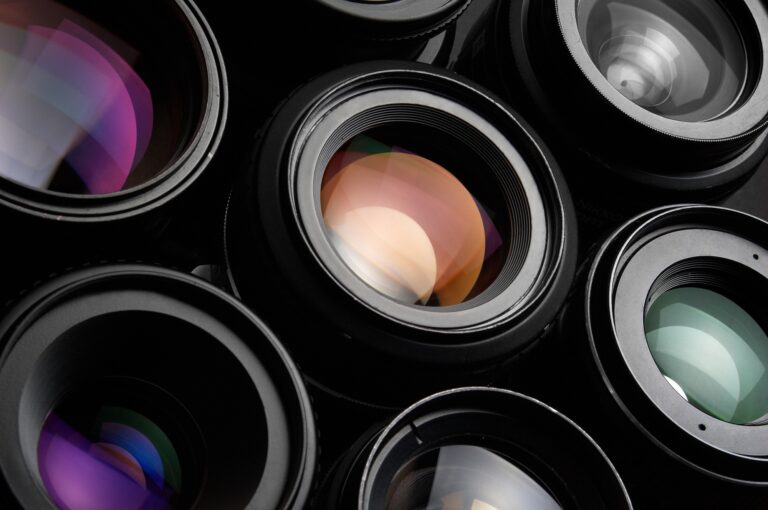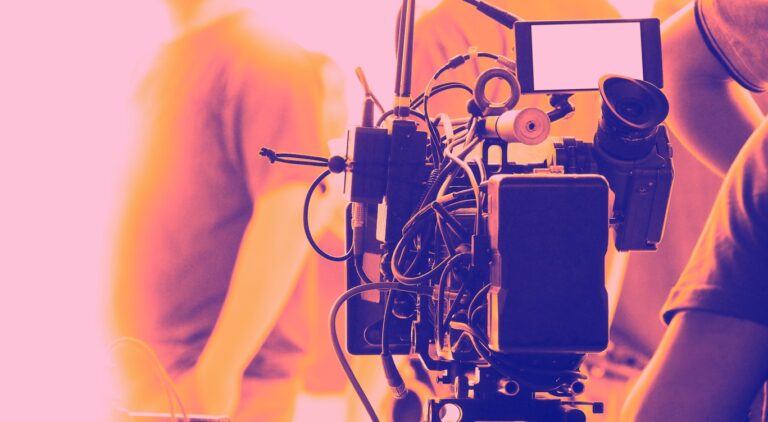Visual storytelling is an art form that transcends mere words, using imagery, color, and composition to convey a narrative. In the realm of videography, visual storytelling is paramount. It’s the difference between a video that simply informs and one that captivates, engages, and resonates with its audience. The power of visual storytelling lies in its ability to evoke emotions, create connections, and leave lasting impressions. As videographers, our goal is to craft stories that are not only seen but felt, and one of the most effective tools in our arsenal to achieve this is the mood board.
The Role of Mood Boards in Videography
Mood boards serve as a visual blueprint for videography projects, providing a cohesive vision that guides the creative process. They are instrumental in aligning the team’s understanding of the project’s aesthetic and emotional tone. By compiling images, colors, textures, and other visual elements, mood boards help to crystallize the look and feel of the video before the camera starts rolling. This pre-visualization ensures that everyone involved, from directors to designers, is on the same page, reducing miscommunication and fostering a unified creative direction.
Understanding the Basics: What is a Mood Board?
A mood board is a collage of images, colors, textures, typography, and other visual elements that represent the desired aesthetic and emotional tone of a project. It’s a tangible or digital collection that serves as a reference point throughout the creative process. Mood boards can be physical, created with cutouts from magazines and fabric swatches, or digital, using software like Adobe Spark, Pinterest, oder Canva. The primary purpose of a mood board is to convey the visual essence of a project, making abstract ideas more concrete and accessible.
Why Mood Boards Matter in Visual Storytelling
Mood boards are crucial in visual storytelling because they help to establish a clear and consistent visual language. They allow videographers to experiment with different styles and elements before committing to a particular direction. This experimentation phase is vital for discovering what works best for the story being told. Additionally, mood boards facilitate better communication with clients and team members, providing a visual reference that can be easily understood and discussed. This collaborative tool ensures that everyone involved has a shared vision, which is essential for creating a cohesive and compelling narrative.
Creating a Mood Board: Step-by-Step Guide
- Define Your Concept: Start by clearly defining the concept and goals of your project. What story are you trying to tell? What emotions do you want to evoke? Understanding the core message of your project is the first step in creating an effective mood board.
- **Gather Inspiration**: Collect images, colors, textures, and other visual elements that resonate with your concept. Look for inspiration in various sources such as films, photography, art, and nature. Don’t limit yourself to one medium; the more diverse your sources, the richer your mood board will be.
- **Organize Your Elements**: Arrange your collected elements in a way that makes sense for your project. Group similar items together and create sections for different aspects of your project, such as color schemes, textures, and key imagery. This organization will help you see how different elements interact and complement each other.
- **Refine and Edit**: Once you have a rough layout, refine your mood board by removing any elements that don’t fit with your overall vision. Focus on creating a cohesive and harmonious composition that accurately represents the look and feel of your project.
Choosing the Right Elements for Your Mood Board
Selecting the right elements for your mood board is crucial for accurately conveying your vision. Start with a strong color palette that reflects the mood and tone of your project. Colors have a profound impact on emotions and can set the stage for your entire narrative. Next, choose textures and patterns that add depth and dimension to your visual story. These elements can evoke specific feelings and enhance the overall aesthetic. Finally, incorporate key imagery that represents the core themes and emotions of your project. These images should be powerful and evocative, serving as the focal points of your mood board.
Color Theory and Its Impact on Mood Boards
Color theory plays a significant role in mood boards, as different colors evoke different emotions and reactions. Understanding the psychological effects of colors can help you create a mood board that effectively communicates your desired tone. For example, warm colors like red, orange, and yellow can evoke feelings of warmth, energy, and excitement, while cool colors like blue, green, and purple can create a sense of calm, tranquility, and introspection. By strategically using color theory in your mood board, you can guide the emotional journey of your audience and enhance the impact of your visual storytelling.
Incorporating Textures and Patterns
Textures and patterns add a tactile dimension to your mood board, making it more immersive and engaging. Textures can evoke specific sensations and emotions, such as the roughness of a brick wall or the softness of a velvet curtain. Patterns can add visual interest and complexity, guiding the viewer’s eye and creating a sense of movement. When incorporating textures and patterns into your mood board, consider how they interact with other elements and contribute to the overall aesthetic. Use them to enhance the narrative and create a richer, more layered visual experience.
Using Photography and Imagery Effectively
Photography and imagery are the cornerstones of any mood board. They provide concrete examples of the visual style and emotional tone you want to achieve. When selecting photos and images, look for ones that resonate with your concept and evoke the desired emotions. Consider the composition, lighting, and subject matter of each image, and how they contribute to the overall narrative. Use a mix of wide shots, close-ups, and detail shots to create a dynamic and varied mood board. Remember, the goal is to create a visual story that is compelling and cohesive.
Collaborative Mood Boarding: Engaging Your Team
Mood boarding is not a solitary activity; it’s a collaborative process that involves input from various team members. Engaging your team in the mood boarding process ensures that everyone has a voice and a shared understanding of the project’s vision. Use collaborative tools like Pinterest boards or Google Slides to allow team members to contribute their ideas and inspirations. Hold regular meetings to discuss the mood board and make adjustments as needed. This collaborative approach fosters creativity, encourages diverse perspectives, and ensures that the final product is a true reflection of the collective vision.
Case Studies: Successful Projects Enhanced by Mood Boards
- Case Study 1: “The Grand Budapest Hotel”**: Director Wes Anderson is known for his meticulous attention to detail and distinctive visual style. For “The Grand Budapest Hotel,” Anderson used mood boards to establish the film’s unique aesthetic. The mood boards included color palettes, architectural references, and vintage photographs, which helped to create the film’s whimsical and nostalgic atmosphere.
- Case Study 2: “Stranger Things”**: The creators of “Stranger Things” used mood boards to capture the essence of 1980s pop culture. The mood boards featured references to classic films, music, and fashion from the era, which helped to create the show’s authentic retro vibe. This attention to detail contributed to the show’s success and its ability to resonate with audiences.
- Case Study 3: “Mad Max: Fury Road”**: Director George Miller used mood boards to convey the post-apocalyptic world of “Mad Max: Fury Road.” The mood boards included images of desolate landscapes, rugged vehicles, and intense action scenes. These visual references helped to create the film’s gritty and immersive atmosphere, making it a standout in the action genre.
Conclusion: Elevating Your Videography with Mood Boards
Mood boards are an invaluable tool for videographers, providing a visual roadmap that guides the creative process. They help to establish a clear and consistent visual language, facilitate better communication, and ensure a cohesive and compelling narrative. By understanding the basics of mood boards, choosing the right elements, and engaging your team in the process, you can elevate your videography projects to new heights. Whether you’re working on a short film, a commercial, or a music video, mood boards can help you create stories that are not only seen but felt. So, embrace the power of mood boards and take your visual storytelling to the next level.

